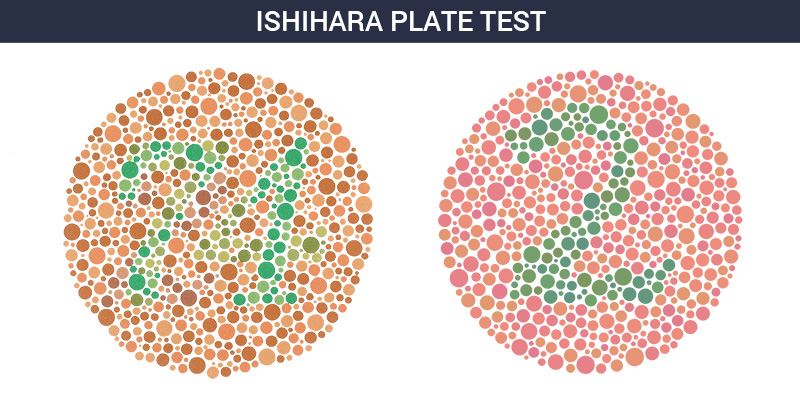Introduction
Colour blindness can be simply defined as trouble in seeing or identifying colours like blue, green and red. There are some rare cases where a person cannot see and identify any colours at all. A person with this syndrome also finds difficulties in differentiating the colours with shades. This syndrome is also called a colour vision problem or colour vision deficiency.
Colour blindness was discovered by an English chemist named John Dalton in the year 1798. During the discovery, he was also suffering from colour blindness. He wrote his first article about colour blindness, which was based on his own experience. Colour blindness is also called as Daltonism, which is named after its discoverer – John Dalton.

Types of Colour Blindness
Monochromacy
This syndrome occurs when two or three-cone pigments (red, blue and green) are absent or damaged. In this type of colourblindness both the colour and lightness vision is reduced to one dimension. This results in total colour blindness.

Dichromacy
This syndrome occurs when only one of the cone pigments (red, blue and green) is absent or damaged. In this type of colourblindness, only the colour vision is reduced to two dimensions. This results in partial colour blindness.

Causes of Colour Blindness
The healthy human eye retina contains two light-sensitive cells – rod cells and the cone cells.
The rod cells are for low light and the cone cells are for normal and bright light and responsible for colour vision.
Colour blindness is affected when these two light-sensitive cells fail to perform their functions.
There are several factors, which causes a colour vision problem in a person. The factors include:
- Damaged caused to brain or eye or to the nerve cells.
- Genetic disorders.
- Side effects of drugs.
- Use of tobacco and alcohol.
Symptoms of Colour Blindness
Symptoms of this eye syndrome include:
- Rapid eye movement.
- Sensitivity towards the bright light.
- Trouble in seeing colours and the brightness of colours.
- The problem in identifying the differences between colours shades.
Diagnosis Of Colour Blindness
There are certain tests available to diagnosis and to measure colour vision deficiency in a patient. Doctors can easily diagnose colour blindness by using the Ishihara Plate Test.
Ishihara Plate test

A test, which is most commonly used for routine colour vision screening. This is present in all eye clinics and in schools. There are totally 38 plates of circles, which are created by irregular coloured dots using two or more colours. During this diagnosis, patients are asked to identify the number on a plate.
Screening test
This test is mainly used to detect and determines the type and severity of the colour blindness.
Treatment for Colour Blindness
Currently, there is no treatment for this syndrome. Photographic frames or filters and eyeglasses with contact lenses can be used to a certain extent to improve the dimension between some colours. A properly balanced diet can be followed to improve the symptoms of colour blindness.
Patients with the colour blind syndrome face many difficulties in their daily life. They may face difficulties in choosing fresh vegetables, fruits, flowers, differentiating the pulses, driving a car, selecting clothes and much more. The most common type of inherited colour blindness is red and green colour blindness. As per the studies and medical records, red and green colour blindness is seen more in men than in women. Blue colour blindness is seen both in men and women.
To learn more about colour blindness and its treatment download BYJU’S, The Learning App.

Comments